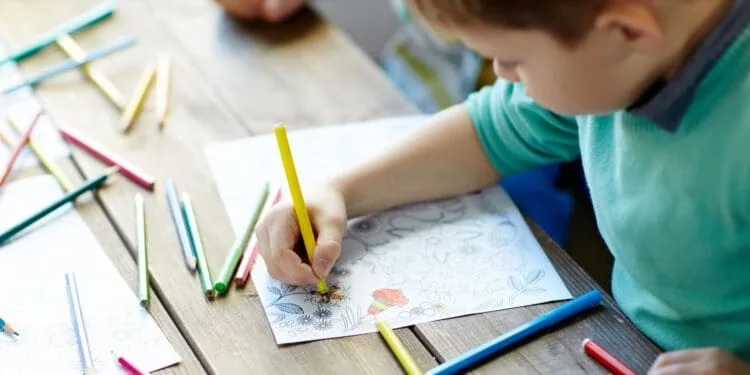Drawing is a powerful tool that offers a unique window into the world of children, providing a platform for them to express their thoughts, emotions, and experiences. Through art, children can convey complex ideas and feelings in a way that words often cannot, making drawing an essential component of their cognitive, social, and emotional development. By engaging in drawing activities, children can explore their creativity, develop their fine motor skills, and build confidence in their abilities.
Moreover, drawing allows parents, educators, and caregivers to gain insight into a child’s perspective, understanding their interests, fears, and dreams. Children’s drawings can serve as a reflection of their inner world, revealing their perceptions of reality and their place within it. By paying attention to these artistic expressions, adults can better support children’s emotional and psychological growth, fostering a more nurturing and supportive environment.
The value of drawing extends beyond the individual child, as it also provides a means of communication and connection between children and adults. By encouraging children to draw and exploring their artwork, parents and educators can build stronger relationships with children, founded on mutual understanding and respect. Ultimately, drawing is a valuable tool that can help unlock the full potential of children, allowing them to express themselves, develop their creativity, and grow into confident and capable individuals.








